Let’s go through the preparations and how to plant and care for strawberries at home to achieve the best results.
1 Preparations before planting
Before planting strawberries, you need to prepare the essentials for successful strawberry cultivation. For instance, if you want to grow strawberries from seeds, you need to prepare the seeds, and decide on the location for planting and caring for your strawberries.
Choose the right strawberry variety
There are two basic types of strawberries: summer-bearing and day-neutral. Depending on your needs, you can choose to grow either type. Here are some popular strawberry varieties:
Ever-bearing or perennial strawberries: This variety can grow for up to five years, making it a popular choice for gardeners. Ever-bearing strawberries thrive in temperate climates or indoors, and they produce an abundance of fruit annually, making them the best option if you want a year-round supply of strawberries.
Summer-bearing varieties: These strawberries usually bear fruit two months after planting, and depending on the planting time, they can fruit in early or mid-summer. This type of strawberry is also suitable for cooking or freezing.
Day-neutral strawberries: Also known as Zhong Rizhao or non-photoperiodic strawberries, this variety produces a smaller yield than ever-bearing types but fruits consistently throughout the year. If you want to pick and use strawberries regularly, day-neutral strawberries are the best choice.
Alpine strawberries: These strawberries have small, intensely flavored fruits that are ideal for making jams.
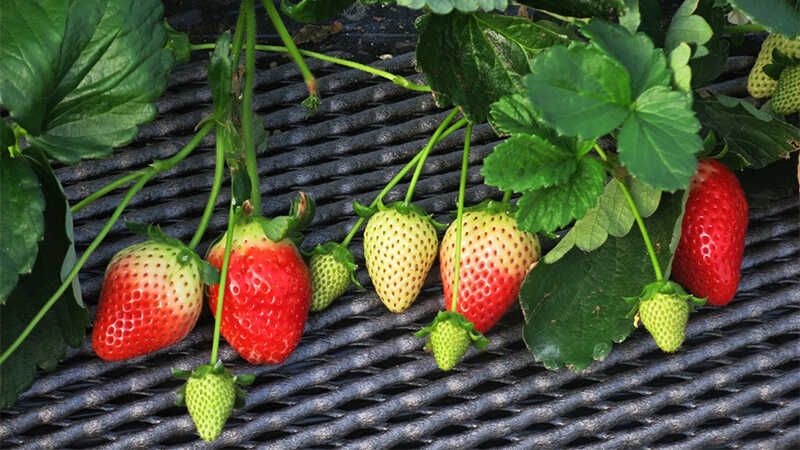 Choose the strawberry variety you want to grow
Choose the strawberry variety you want to grow
Where to buy strawberry seeds or seedlings
Strawberry seeds and seedlings are available at most gardening centers and fruit and vegetable companies. However, if you’re looking for a specific variety, it’s best to place your order online in advance.
To choose the most suitable variety, visit local strawberry farms or nurseries to learn about the types that thrive in your area’s environmental conditions.
When purchasing seeds or seedlings, consider the timing of your intended planting to ensure the plants will grow well and bear fruit. Avoid buying seeds or seedlings too early or too late in the season, as this may hinder their growth or survival.
Location for planting strawberries
Strawberries will thrive as long as they are provided with adequate soil and fertilizer, whether planted in a garden bed or a container.
Note: Avoid planting strawberries in extremely hot locations, and if you live in a cold climate, consider growing them in containers that can be easily moved indoors during colder seasons, such as late autumn or winter.
2 Planting Strawberries in the Garden
Proper gardening techniques are essential for strawberries to grow quickly, thrive, and produce an abundant harvest. Here are some specific considerations:
Planting at the right time
Refer to the information on the seed packet or consult with garden centers or other growers to determine the best time to plant your chosen variety.
Summer-bearing strawberries are typically planted in the second month of summer, or the last half of summer is the latest you should plant them.
The best time to plant Alpine strawberries is in the second and third months of spring.
Ever-bearing strawberries should be planted in autumn as this is when they thrive and develop a stronger root system, especially in regions with a mild climate.
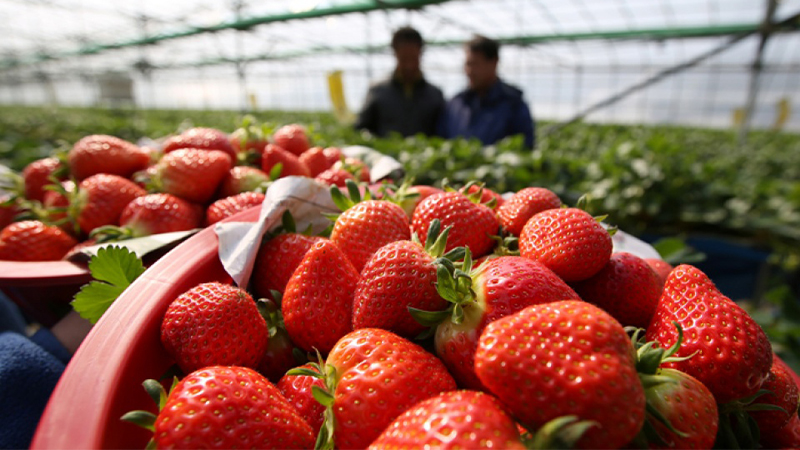 How to plant strawberries in the garden
How to plant strawberries in the garden
Planting in a sunny location
Choose a sunny spot, but avoid excessive heat, to ensure your strawberries grow strong and healthy. You can also plant strawberries in partial shade, but they may not produce as much fruit as those grown in full sun.
Proper soil preparation
Remove weeds from the planting area and add sufficient fertilizer. Strawberries thrive in nutrient-rich soil, so mix in a suitable amount of fully decomposed organic matter. If the soil is highly acidic, add 3/4 cup of dolomite per square meter.
After planting your strawberries, cover the topsoil with a layer of straw, leaves, or mulch to keep the plants clean and protect them from pests and diseases.
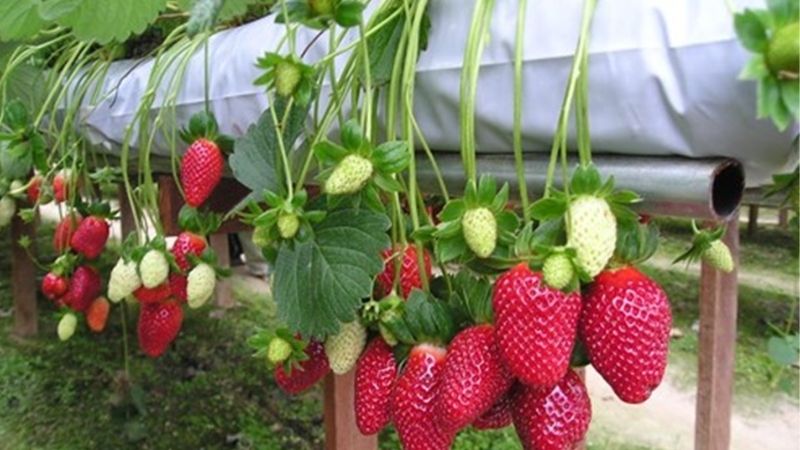 How to plant strawberries in the garden
How to plant strawberries in the garden
Planting strawberry seedlings
Strawberry seedlings are often sold in trays, so when you bring them home, soak the roots in water for about an hour to ensure they are well-hydrated and to minimize transplant shock.
Then, carefully place the seedlings in the prepared holes, ensuring that the crown (the base of the plant where the leaves emerge) is not buried in the soil. Gently firm the soil around the plants and space them about 35-45 cm apart if you’re planting multiple seedlings.
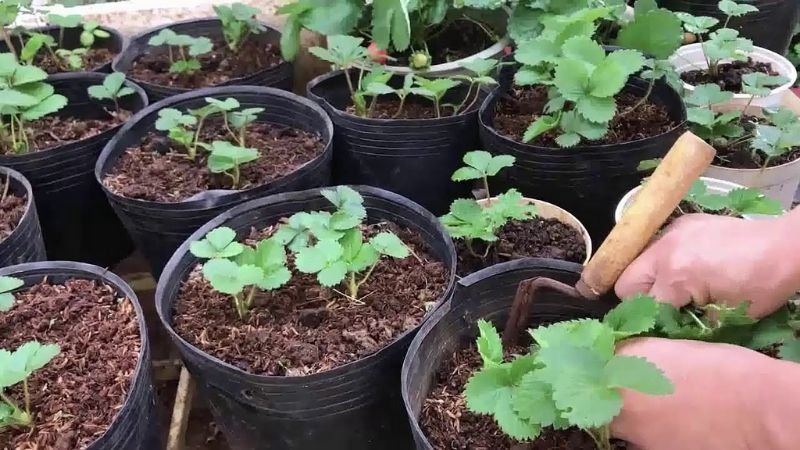 Planting strawberry seedlings
Planting strawberry seedlings
Strawberry care techniques
Proper care is crucial for the healthy development of your strawberry plants:
Watering: As strawberry roots require consistent moisture, water your plants regularly, focusing on the root zone rather than the fruit. Avoid overwatering, and water in the morning or evening when the sun is not at its peak. The best indicator of when to water is by feeling the soil—if it feels dry, it’s time to water.
Fertilizing: Use liquid fertilizer for your strawberries, and avoid water-soluble fertilizers with high nitrogen content, as these will promote leaf growth at the expense of fruit production.
Continue caring for your strawberries after harvesting the first crop to encourage a second yield, provided the plants are healthy.
Tip: About a month after planting, pinch off the first flowers that appear, as well as the tips of the runners (the long stems that grow from the plant). This will help the plant become more robust and develop a stronger root system.
Strawberry Harvesting
Regularly inspect your strawberry plants to spot the small, green fruits when they first appear. At this stage, you can use strawberry netting to protect the developing fruit from birds and other pests. When the strawberries turn red, they are ready to be picked. Gently pluck them by curving your thumb and forefinger to avoid damaging the plant.
3 Growing Strawberries in Containers
 Growing strawberries in containers
Growing strawberries in containers
Another popular option is to grow strawberries in containers, which is convenient and allows for easy relocation to optimal conditions. Here are some tips for successful container gardening:
Choosing the right container
Select containers with drainage holes to prevent waterlogging and promote healthy root growth.
Soil for container-grown strawberries
The ideal soil pH for strawberries is between 5.3 and 6.5. Add organic matter to the soil monthly to enhance its fertility. If you’re using unglazed containers, mix in a quarter of peat moss at the bottom before adding the planting soil. For hanging baskets, apply moss peat to the edges to improve water retention.
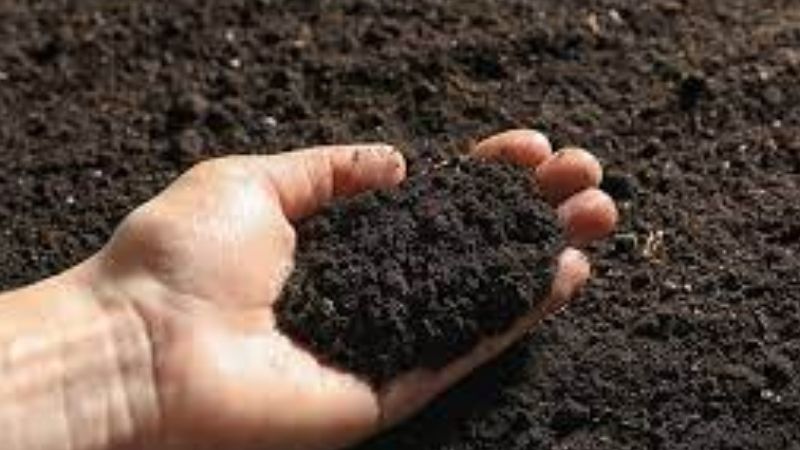 Choosing the right soil for container-grown strawberries
Choosing the right soil for container-grown strawberries
Watering containers
Before planting, water the containers thoroughly until you see droplets coming out of the drainage holes. Then, create small mounds of soil about 7 cm in diameter and 2.5 cm high to plant your strawberries.
Planting and harvesting container-grown strawberries
After soaking the roots of your strawberry plants, place them on top of the soil mounds, gently spreading out the roots with your fingers. Cover the roots with soil, filling only up to the crown and not burying it. Finally, water the plants with a gentle spray to avoid waterlogging. Water twice a day, in the morning and evening, when the sun is not at its peak.
Like garden-grown strawberries, container-grown strawberries will bear fruit after about two months of care.
4 Growing Strawberries from Seeds
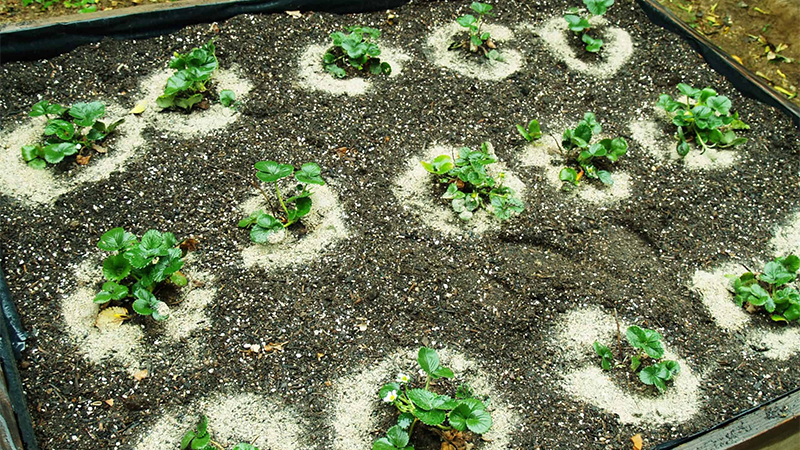 Growing strawberries from seeds
Growing strawberries from seeds
While most people opt for planting strawberry seedlings, it is also possible to grow strawberries from seeds. Here’s how:
5 Growing Strawberries from Runners
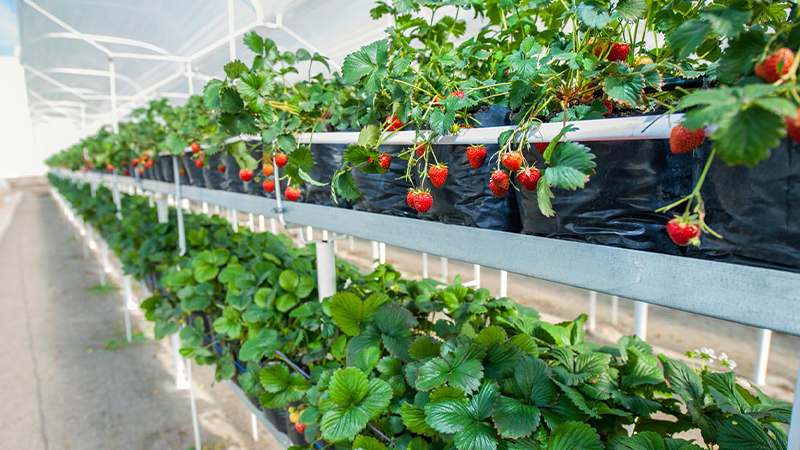 Growing strawberries from runners
Growing strawberries from runners
Propagating strawberries from runners is a popular and effective method. To do this, select healthy, vigorous runners—neither too young nor too old.
Once you have your runners, plant them in soil that includes some soil from the mother plant and add organic matter. After about a month of caring for the runners in this way, you can start treating them like mature plants.
6 Strawberry Growing Cycle
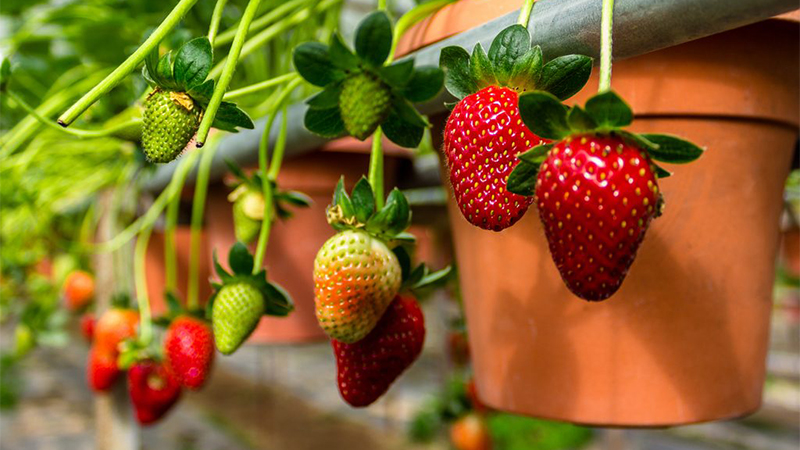 Strawberry growing cycle
Strawberry growing cycle
Strawberries have distinct growth cycles throughout the year, and each cycle requires specific care:
Early winter (November-January): Remove weeds around the plants and eliminate any potential sources of fungal infections. Check if additional mulch is needed to protect the plants from the cold.
Late winter (January-February): This is also a good time to plant strawberries, either in containers or indoors.
Early spring (March-April): Care for and fertilize your plants to promote growth.
Late spring (end of April): If the weather is still cold, add more mulch. If it’s warming up, remove the mulch to encourage fruit set and growth. Be vigilant about protecting your plants from pests and diseases.
Early summer (May-June): Regularly inspect your plants to prevent and control diseases and pest infestations, including birds. Add a layer of mulch and remember to water regularly.
Late summer (July-August): This is the peak harvest season for strawberries. Water your plants and enjoy the fruits of your labor!
Early autumn (September-October): If there are still ripe strawberries on the plants, pick them to encourage fruit set































